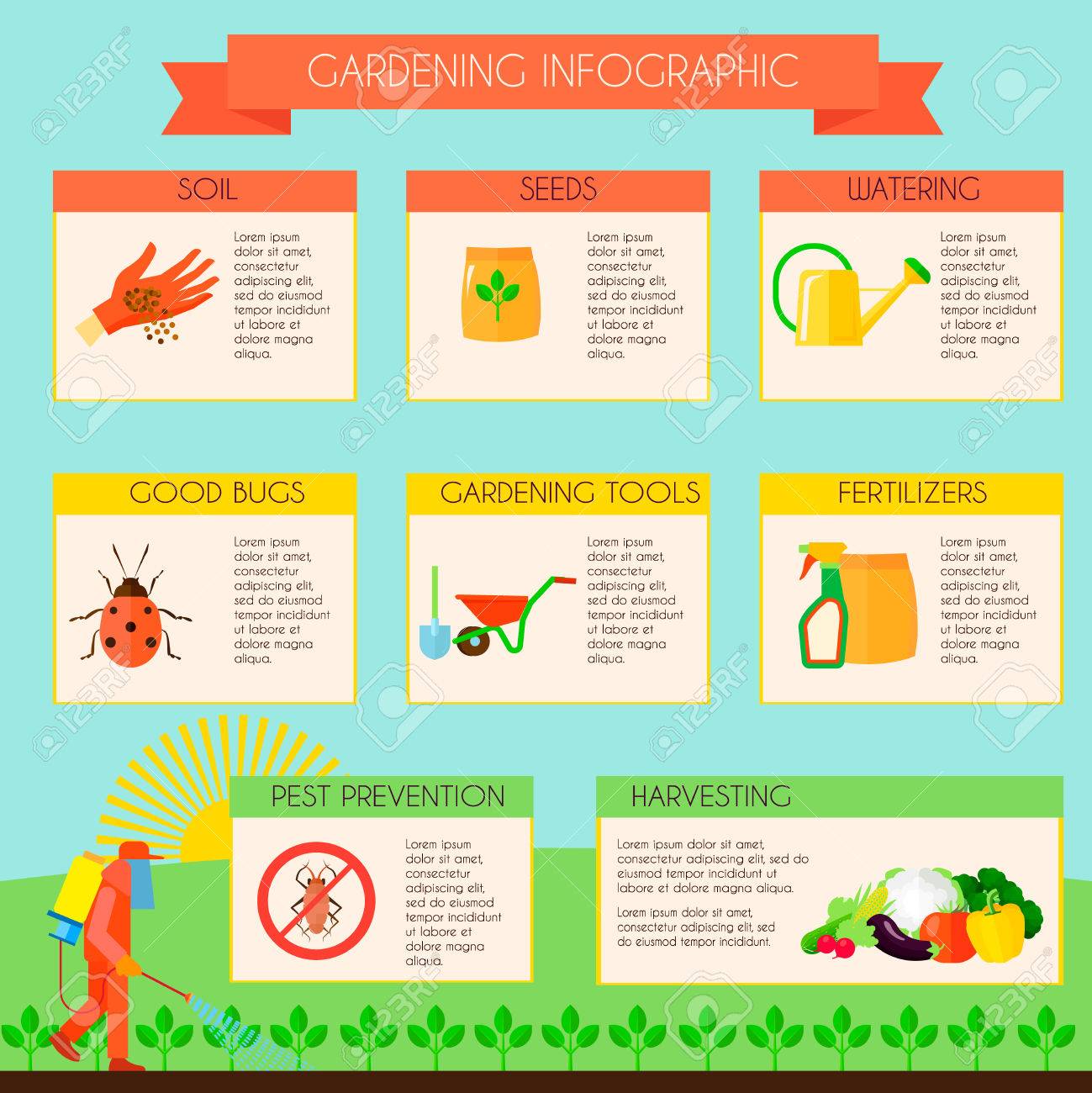Rodent Control Understanding Common Rodent Behavior
Rodent Control Understanding Common Rodent Behavior
Blog Article
Write-Up Composed By-Lorenzen Waugh
When it pertains to rodent control, recognizing typical rodent behavior is crucial to successfully handling problems. Did you know that rodents have some remarkable nesting behaviors that might surprise you? By discovering their complex habits, you can gain valuable understandings into just how to tackle rodent concerns in a much more strategic and efficient manner. So, let's decipher the secrets behind these creatures' activities and discover exactly how to outmaneuver them in your rodent control initiatives.
Rodent Nesting Habits
When observing rodents in their natural environment, you'll discover that they actively seek products to construct their nests. Rats, such as mice and rats, are resourceful creatures that make use of a range of items like twigs, leaves, paper, and fabric to build their homes. They're careful in their nest-building procedure, often lining their nests with softer products like fur or feathers to develop a comfy atmosphere.
Rats prefer to construct their nests in surprise and safe and secure locations to safeguard themselves and their young from killers. Usual nesting spots consist of wall surface dental caries, attic rooms, cellars, and even within insulation materials. By creating their nests in these private areas, rats can safely increase their offspring away from prospective threats.
It is vital to comprehend the nesting behaviors of rodents when applying control steps. By disrupting their nests or getting rid of products, you can prevent rats from developing an existence in your house or property. Correct sanitation and sealing off entrance factors are additionally critical action in avoiding rodent infestations.
Rat Feeding Patterns
After observing rodents' nesting practices, it comes to be noticeable that their feeding patterns play a crucial function in their daily lives and actions. Rodents, consisting of computer mice and rats, are opportunistic feeders, suggesting they'll take in whatever food resource is readily offered. They're largely nocturnal animals, liking to forage for food throughout the cover of night to avoid predators.
Rats have a varied diet regimen, ranging from grains, seeds, fruits, and veggies to insects, nuts, and also tiny pets. This versatility in their food options permits them to grow in different settings, including city locations where human food resources are bountiful.
Their feeding patterns aren't only driven by appetite yet likewise by the need to accumulate food for times of shortage. This behavior is specifically obvious to prepare for cold weather or when nesting. view site… are understood to hoard food in their nests or burrows, ensuring a constant food supply. Understanding their feeding patterns is crucial in carrying out reliable rodent control procedures to disrupt their food sources and prevent problems.
Rodent Activity and Traveling
Rodents navigate their environments with dexterity and stealth, using their keen detects to relocate quickly with their settings. These animals are experienced climbers, able to scale walls and vertical surfaces easily. They can additionally press via remarkably little openings, making it essential to seal any type of potential entrance points in your house.
When it concerns traveling, rodents often tend to follow acquainted courses, creating tracks along walls or skirting the edges of spaces. They're creatures of habit, typically adhering to these established routes as they forage for food or discover their surroundings.
Rodents are recognized for their nighttime behaviors, so you may hear them scurrying around in the evening as they search for food and water. https://www.rwcpulse.com/local-news/environment/the-call-of-the-wild-from-paralyzed-seagulls-to-skunks-caught-in-bear-traps-peninsula-wildlife-rescue-workers-have-seen-it-all-5661315 and erratic, allowing them to dart in and out of view in the blink of an eye.
Recognizing just how rodents move and travel can aid you determine potential invasion locations in your home and take aggressive steps to stop these insects from acquiring a grip.
Final thought
As you function to regulate rats in your house, remember that comprehending their habits is vital. By acknowledging their nesting behaviors, feeding patterns, and motion, you can efficiently protect against infestations.
Together, by taking aggressive steps to eliminate food resources and seal off entrance factors, you can disrupt their familiar paths and compel them to choose brand-new places, eventually lowering the likelihood of rodent presence in your living spaces.
